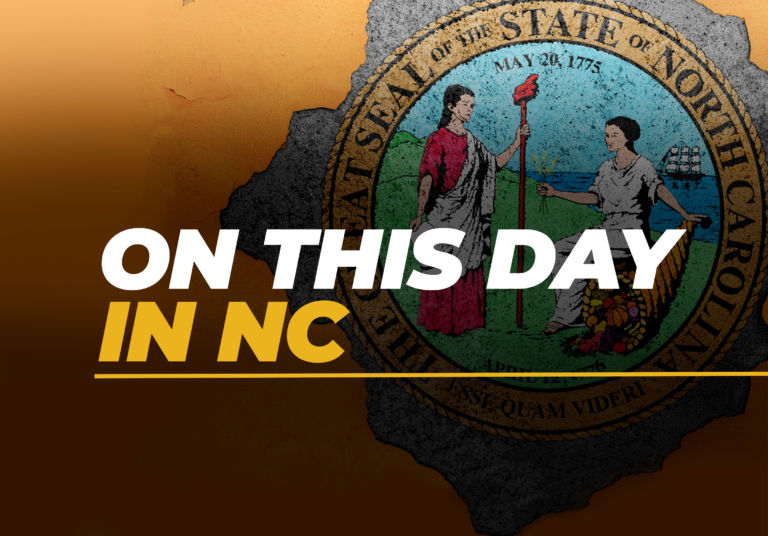Major road projects are freeway and arterial widenings, new freeways and arterials, new exits, climbing lanes and other major actions that are large enough to likely affect growth. Between 1990 and early 2004, North Carolina constructed 349 major road projects costing about $7.34 billion, about 50 percent of the total expenditures for the TIP and Loop roads and about 1/3 of the total NC State highway program over the same period. This study reviews recent trends in North Carolina’s highway funding practices and the cost-effectiveness of these major capital actions.
Using the geographic information system TransCAD, each project is located exactly and its characteristics (present and future traffic, capacity, and type and cost of improvement) are correlated with data on the population living within 1 mile of the project, county road expenditures, Board of Transportation representation, and other fiscal and traffic factors. The resulting 750 individual road sections are then evaluated according to their cost-effectiveness, defined as the cost to construct the section, in 2002 dollars, divided by the 20-year estimated vehicle-miles served, accounting for growth and congestion-related diversion.
The Study finds that the State’s deteriorating road conditions are directly attributable to its continued focus on system expansion and diversion of funds from the highway budget while decreasing attention to maintenance. On average, the 349 major projects cost about 2.67 cents per vehicle-mile served, or about 5 percent of the cost of driving. However, their cost-effectiveness varied widely, from as little as about 0.3 cents per vehicle-mile to over $1.00 per vehicle-mile.
The key factor affecting cost-effectiveness was found to be the traffic volume shortly after completion: projects with a traffic volume of less than 6200 average daily traffic (ADT) were found to be very cost-ineffective, compared with projects with higher volumes. A second key factor was found to be the volume-to-capacity (V/C) ratio. Typical of cost-ineffective projects were new exits on freeways in rural areas serving low-volume cross-street traffic, new 2-lane and 4-lane arterials, and new freeways serving less than 35,000 ADT.
Typical cost-effective projects were those with high post-construction traffic, climbing lanes, and freeway widenings from 4 to 6 lanes. Projects constructed with a prudent design, yielding a V/C ratio of greater than about 0.35-0.75, were found to be more cost-effective than projects that were over-designed. If the projects costing more than 5.3 cents per vehicle-mile (two times the state average) had been delayed or deleted, about $2.5 billion would have been saved, about the same as the maintenance shortfall. The study concludes that the State’s deteriorating road conditions could be reversed if just 9 percent of its highway capital budget could be diverted to maintenance.
The study calls for a re-focusing of the State’s highway program on maintenance needs, funded by savings from better selection of major projects according to cost-effectiveness rather than the geographic criteria presently used. Recommendations for changes in the State’s funding formulas and highway allocations are also suggested.
Download PDF file: Cost-Effectiveness of North Carolina’s Major Road Projects (3.6 MB)


